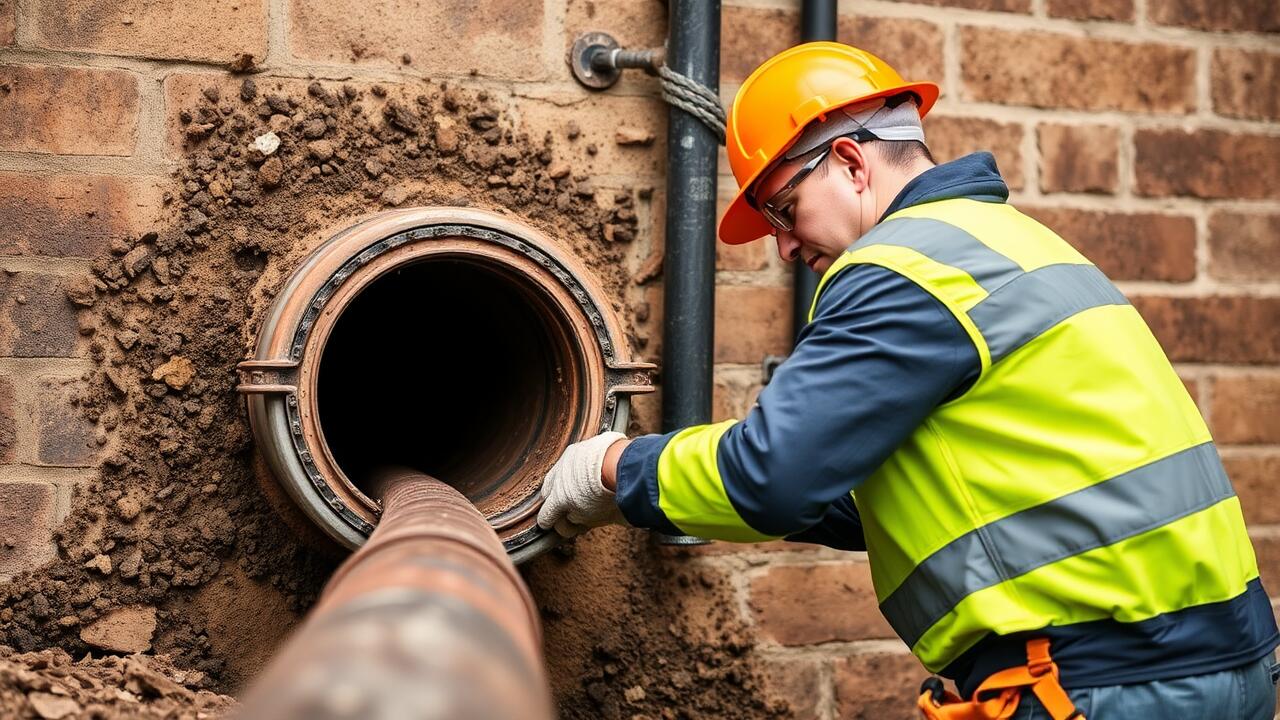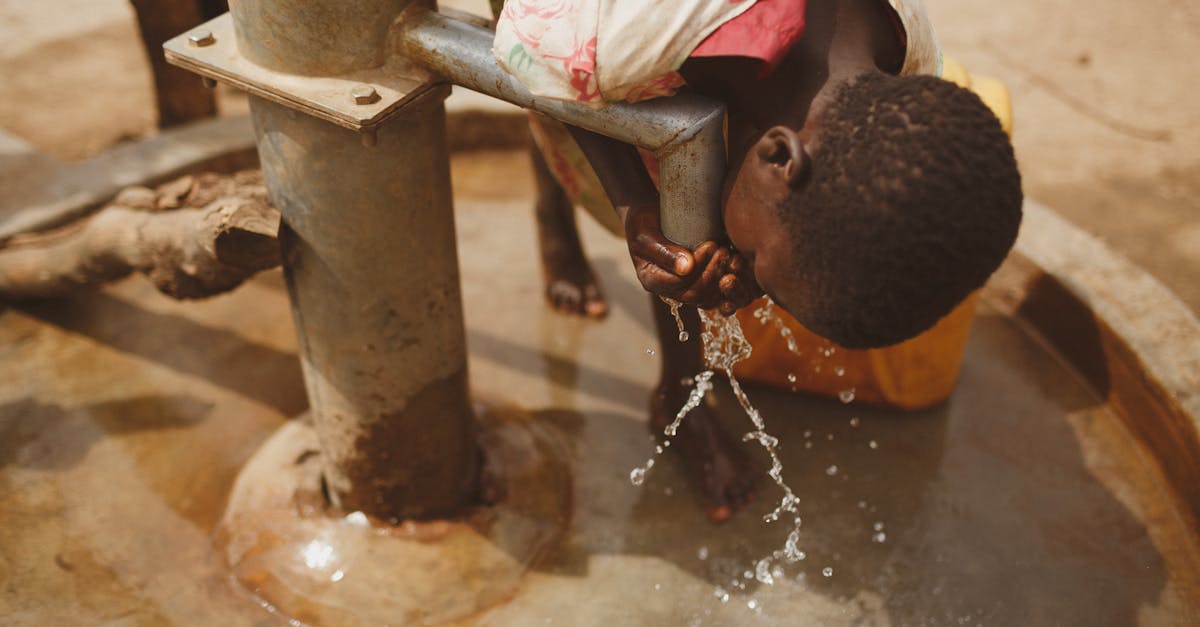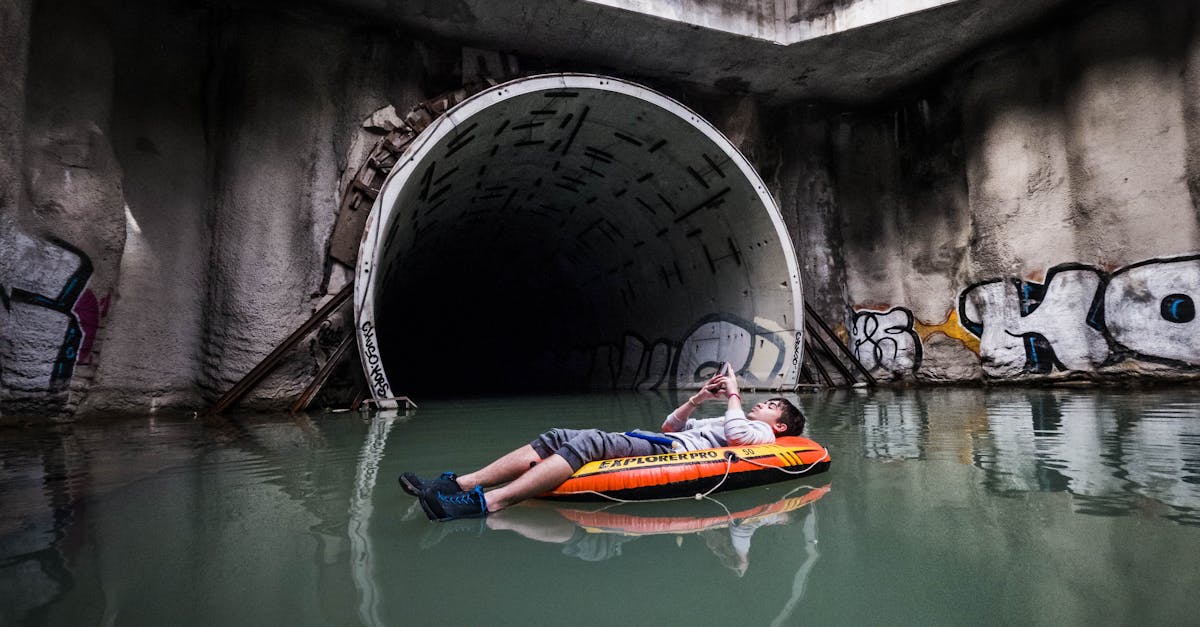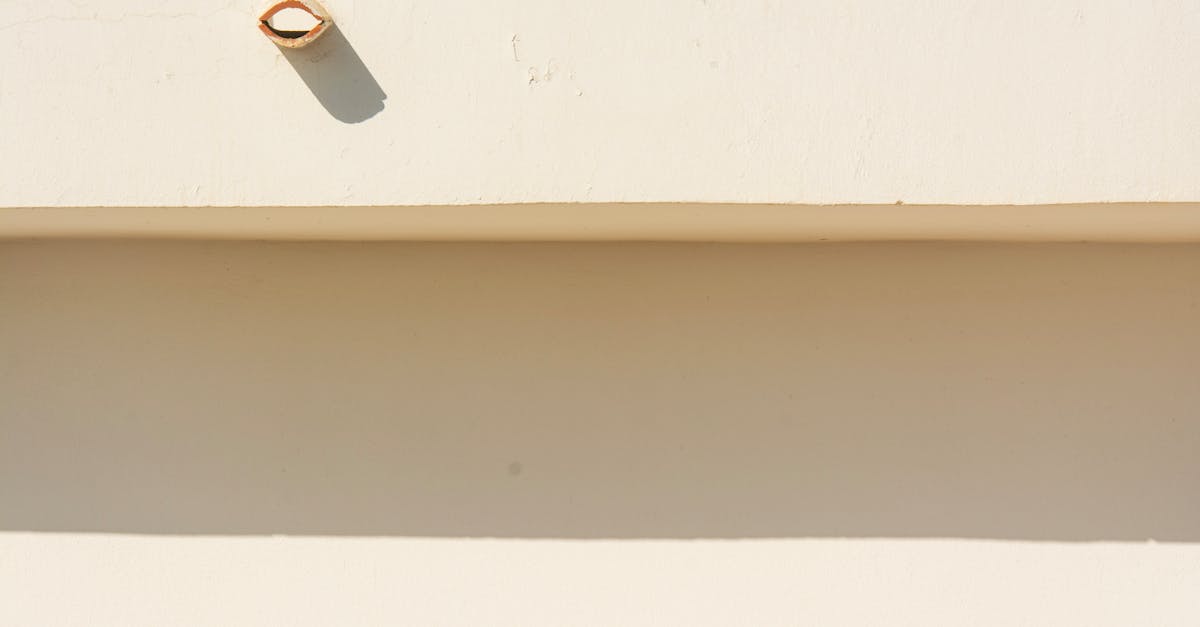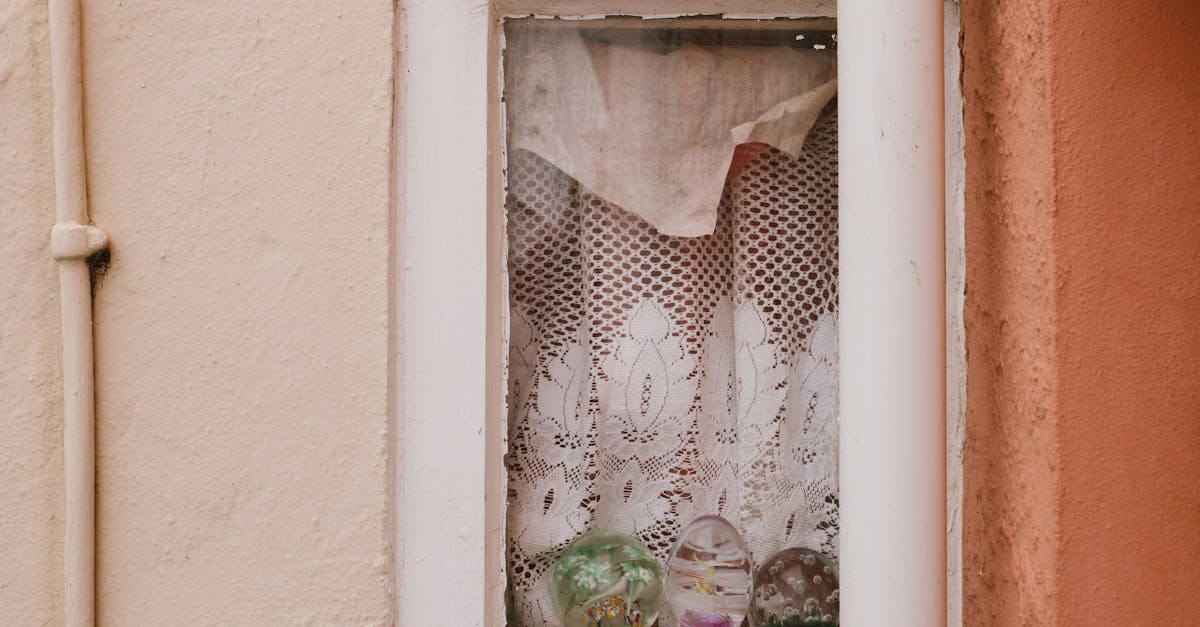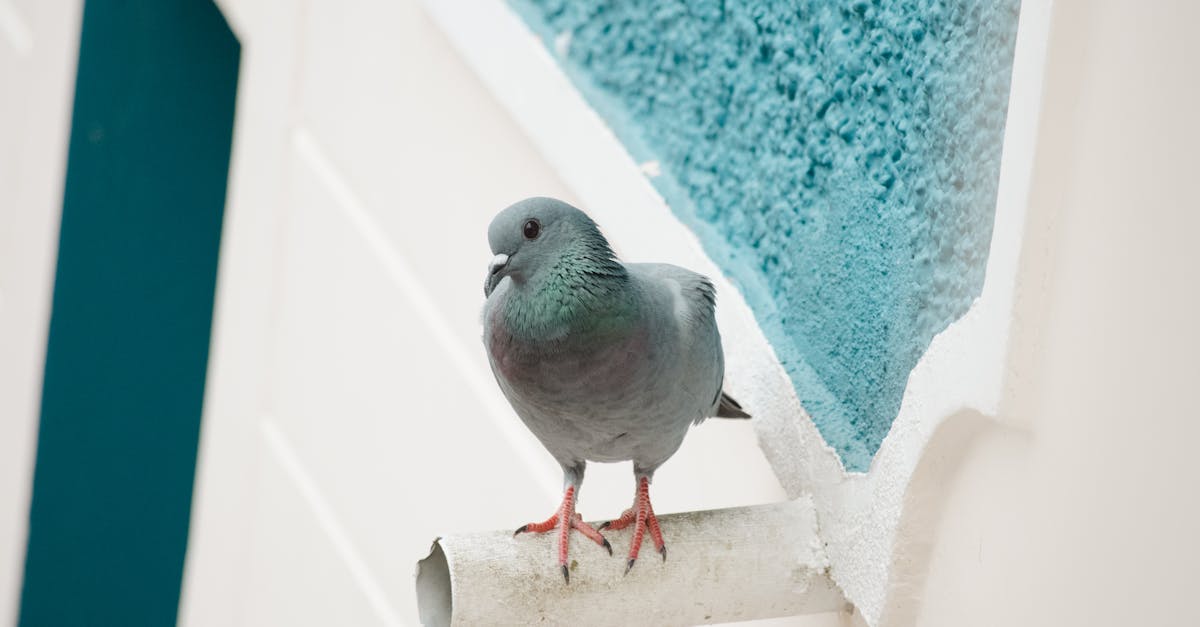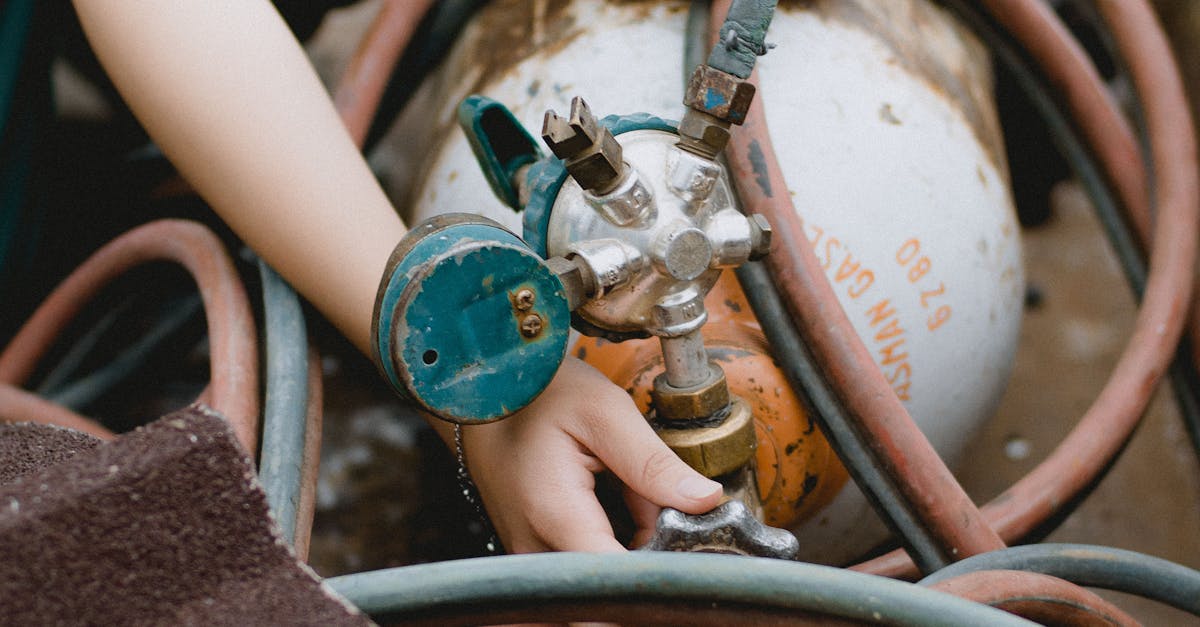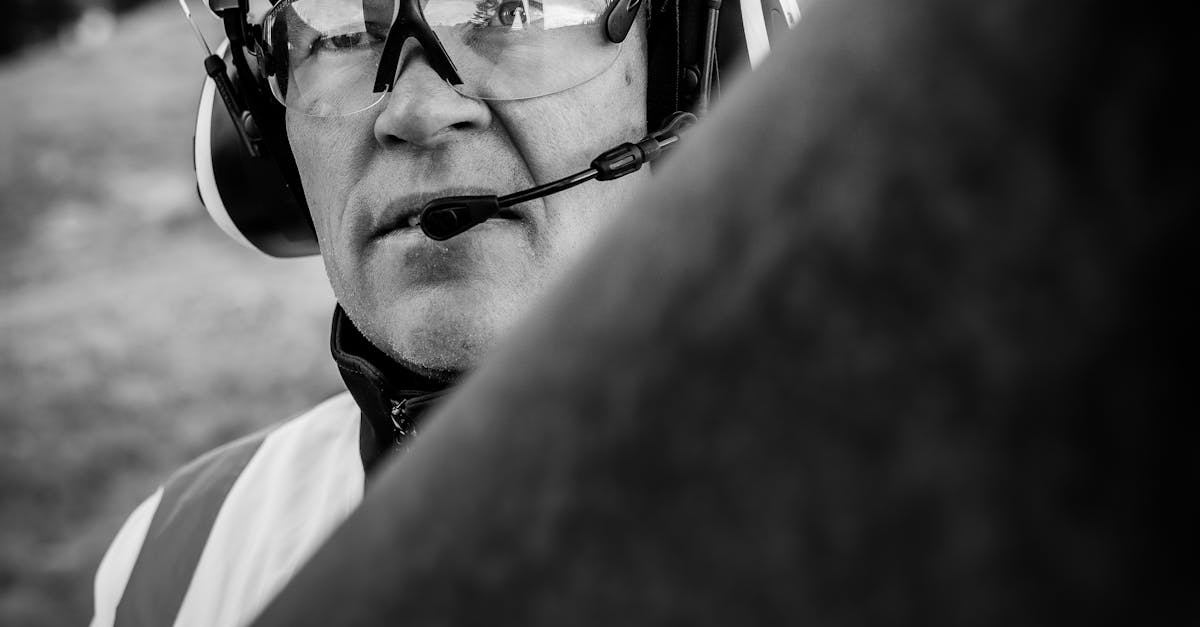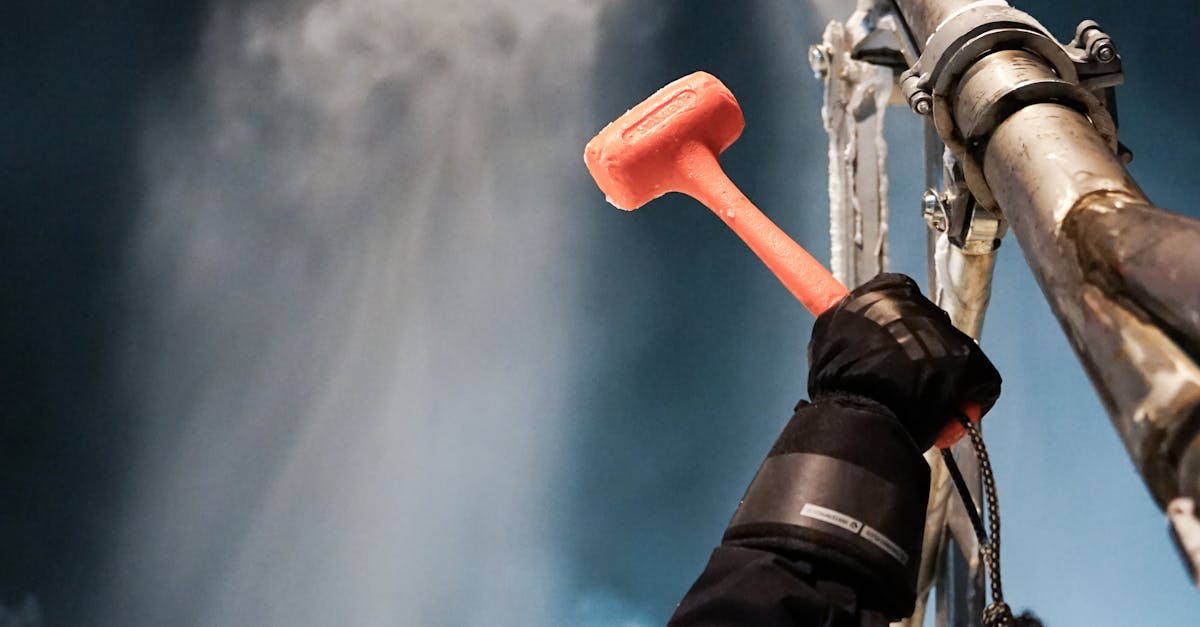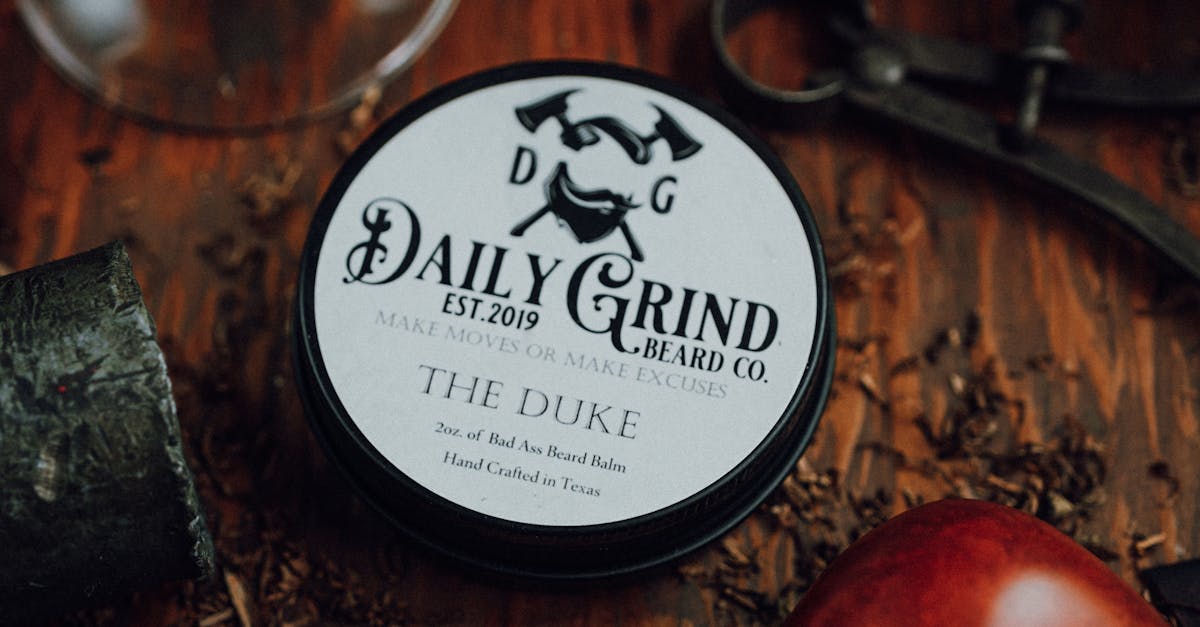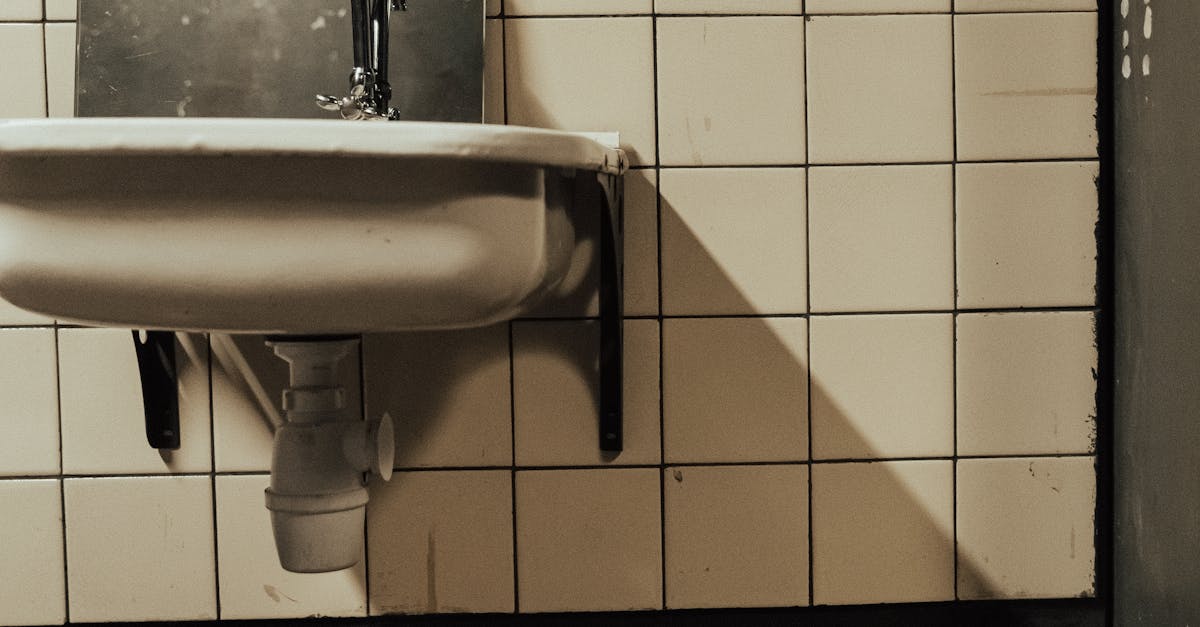
Table Of Contents
Materials Used in Pipe Relining
Pipe relining involves the use of various materials engineered to restore and reinforce existing pipelines without the need for extensive excavation. One of the primary materials used is a resin that is specifically formulated to bond with the inner walls of pipes. This resin hardens and forms a new, durable layer, effectively sealing any cracks or leaks that may be present. The choice of resin can vary depending on the specific requirements of the pipe and the environment in which it operates.
In addition to resin, other materials such as felt or fibreglass are also employed in the pipe relining process. These materials are often saturated with the resin and inserted into the damaged pipe, providing structural support while enhancing the sealing capabilities. The combination of these materials ensures that the newly lined pipe can withstand pressure and resist corrosion, resulting in a long-lasting solution for pipeline maintenance and repair.
Types of Lining Materials
Various types of lining materials are commonly used in pipe relining, each designed to cater to specific needs and conditions. The most popular option is felt or fibreglass lining, which is characterised by its flexibility and ease of installation. This type allows for seamless application, making it ideal for both residential and commercial plumbing systems. Another widely used material is resin, which offers excellent structural support and can effectively seal any breaks or leaks in the existing pipes.
Silicone-based linings provide a different approach, offering a robust solution that can withstand various environmental factors. They are particularly favoured for areas exposed to high temperatures or chemical exposure, making them suitable for industrial applications. The choice of lining material can significantly influence the longevity and effectiveness of the pipe relining process, ensuring that the repaired pipes function optimally for years to come.
Tools and Equipment Required
The process of pipe relining necessitates a specific set of tools and equipment to ensure successful execution. Key tools include a high-pressure water jet, which is often used to clear out any debris or blockages within the existing pipes. Aside from this, a camera inspection system is crucial for assessing the condition of the pipes before and after relining, allowing for precise monitoring throughout the process. Other essential equipment comprises a resin mixing kit and a liner using appropriate materials, which will form the new inner layer of the pipe.
Additionally, team members require protective gear to maintain safety while handling chemicals and equipment during the pipe relining process. This includes gloves, goggles, and respirators to safeguard against harmful substances. Having access to a variety of sizes and configurations of brushes and rollers also aids in the application of resin within the pipes. Employing these tools efficiently contributes significantly to the effectiveness and longevity of the relined pipes.
Essential Tools for Relining
When undertaking pipe relining, a range of essential tools is necessary to ensure a successful and efficient process. Key tools include a CCTV inspection camera, which allows for a thorough assessment of the existing pipe condition before any work begins. This camera provides real-time video footage, enabling the operator to locate blockages, damage, or misalignments within the pipes. Additionally, a high-pressure water jetting system is crucial for cleaning the pipes prior to relining, ensuring that any debris or built-up material is effectively removed, allowing for better adhesion of the lining material.
Other essential tools encompass a pipe relining inversion drum, which facilitates the installation of the lining material into the existing pipe structure. This drum works by applying pressure to force the liner into place, ensuring an even and secure fit. A variety of hand tools, such as wrenches and cutters, may also be required for any necessary adjustments or fittings during the relining process. Having the right tools on hand not only helps streamline pipe relining but also contributes to the longevity and reliability of the repaired piping system.
Timeframes for Pipe Relining
The timeframe for pipe relining can vary significantly depending on various factors, including the extent of damage, the length of the pipe, and the accessibility of the site. Generally, simple jobs can be completed within a day, while more complex projects may require several days. Factors such as the method used for relining and the weather conditions can also influence the overall duration of the process.
After an initial assessment, the entire pipe relining procedure typically includes cleaning, preparing the pipe, and the installation of the liner. Each of these stages requires adequate time to ensure a proper and effective repair. Homeowners should expect some disruption during the process, but the benefits of a renewed pipe system often outweigh the temporary inconvenience.
How Long Does the Process Take?
The timeframe for pipe relining can vary depending on several factors, including the condition and size of the pipes, as well as the extent of the damage. Generally, homeowners can expect the process to take anywhere from a few hours to a couple of days. This duration encompasses the preparation, installation of the lining material, and curing time required for the epoxy or resin to set properly.
Once the initial inspection and cleaning of the pipes are complete, the actual installation of the relining process is relatively swift. Many jobs can be completed in a single day, particularly for smaller residential systems. Larger or more complex pipe networks may require additional time due to the need for more extensive repairs or longer lengths of lining material to be applied.
FAQS
What is pipe relining?
Pipe relining is a trenchless method used to repair damaged pipes by inserting a new lining within the existing pipe, effectively restoring its function without the need for extensive excavation.
What materials are commonly used in pipe relining?
Common materials used in pipe relining include epoxy resin, polyester resin, and various types of felt or fibreglass lining, which provide a durable and long-lasting solution for pipe repairs.
How long does the pipe relining process take?
The timeframe for pipe relining can vary depending on the extent of the damage and the length of the pipe, but generally, the process can be completed within a day or two.
Do I need to prepare my property before pipe relining begins?
While extensive property preparation is usually not necessary, it is important to clear the work area of any obstacles and inform your neighbours about potential disruptions during the process.
Is pipe relining a permanent solution?
Yes, pipe relining is considered a long-term solution for pipe damage. With proper installation and maintenance, relined pipes can last for many years, often up to 50 years or more.
